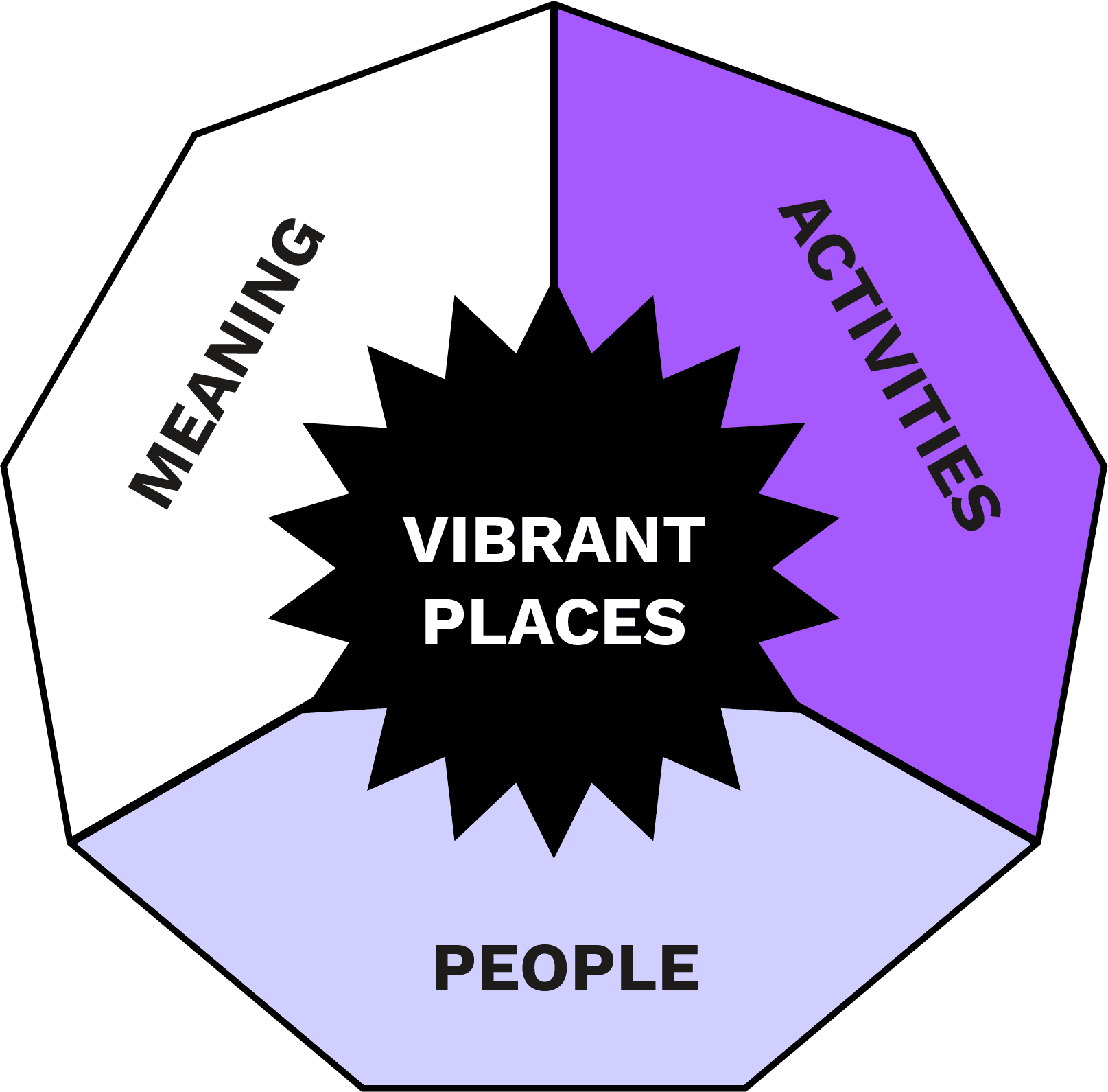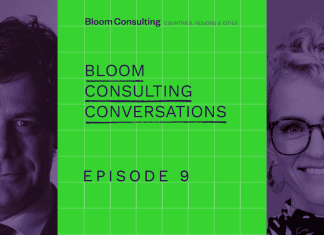Why do we like a particular place so much, like the coffee shop on the corner of a certain neighborhood? Or that one spot in the town square where you always choose to sit?
Most of the time, we can’t rationalize our preferences. Whether it’s the ambiance, the conveniences offered, nostalgia, or just the appearance. The truth is that all of these layers are vital for people to form emotional bonds with places.
A place only comes alive when people inhabit and use it, but for this to happen, public spaces must invite occupation and coexistence. Over recent years, urban planners have seemingly forgotten about the human dimension. Cars and car-centric planning have taken over, squeezing pedestrians and cyclists onto tiny sidewalks or crumbling lanes. The reality is that public spaces, which ultimately reflect the quality of a city and its inhabitants, have been increasingly mistreated.
The relationship between cars and people is easy to understand. Think of a pleasant place in a city – any city – and you probably won’t picture any cars nearby. Now, think of the best urban experiences you’ve had, like a revamped, green downtown of a Scandinavian city, the narrow streets of a traditional Japanese city, the cute alleyways in France lined with cafes, or even that small town where you meet friends at the bandstand. In all these places, cars are… distant! But simply removing cars isn’t enough. We need to think about the “life” of public spaces.
This approach, called “Placemaking,” sparks a debate about the kind of city and development model we desire and how we wish to live in our cities. It can be summarized as a philosophy of transforming public spaces through society’s articulation and the activation of places.
So, what is Placemaking?
Probably the first significant voice to speak out against the car-centric trend adopted in big cities was American journalist and writer Jane Jacobs in her 1961 classic “Death and Life of Great American Cities.” She criticized the growing importance and space given to cars and the modernist urbanism approach that segregated pedestrian spaces and bred lifeless spaces.
At Bloom Consulting, we use an approach called Placemaking I.D. ©, which overlays the identity of the place (the realm of Place Branding) with the qualification of public spaces (the realm of Placemaking), in a more strategic than tactical approach. While much of the “traditional” Placemaking focuses on small-scale actions, we seek more strategic actions, bringing a macro view to micro-scale action. This helps convey the central idea of the place and make it even increasingly vibrant in a more enduring manner than exclusively ephemeral occupations.
Among various methodological tools used by us, such as matrices of occupation and vibrancy of public spaces and the perception index of the place, it’s important to emphasize that we understand a place from three dimensions: Hardware, Software, and Peopleware.

Hardware consists of tangible elements like architecture and geography. Software refers to what happens there, like activities or programs. Peopleware, the most crucial dimension, focuses on the people of the place, its residents, and visitors, and deals with intangible aspects like identity and culture.
After understanding Peopleware, we suggest Software, and only then considering Hardware. Identities are much more important than buildings when creating vibrant places!
This placemaking process applies not exclusively to large real estate projects like planned neighborhoods or new cities. These projects are understood as places within existing cities, influencing and being influenced by their surroundings, community, and city context.
When creating a place – a space endowed with meaning by people – it is essential to understand the reality of the local community. Grasping the unique character of the people who will use and identify with that place is paramount.
Placemaking cannot take a one-size-fits-all approach. People have diverse desires, dreams, and behaviors that make each project unique. Effective Placemaking requires customizing to the specific needs and identity of the intended users and community.
Placemaking is about engaging people before, during, and after; it’s about creating bonds.
So, what makes a place truly vibrant? While we may intuitively recognize a dynamic, “alive” place when we see it, defining vibrancy can help public and private managers understand how to create and evaluate vibrant spaces.
At Bloom Consulting, we developed a formula to capture the key factors that make up a vibrant place:

Vibrant Place = People + Meaning + Activities
In this conceptual triad, all of the elements are interconnected. Remove any one, and the equation for vibrancy falls apart. Vibrant places depend more on Peopleware and Software than just physical Hardware, which often merely supports activities.
For a place to be truly vibrant, people must utilize and identify with it. This happens when a space has meaning for its community and offers activities aligned with that meaning. A community’s active use of a space is the most critical metric for placemaking success. Even the most excellent idea will only become genuinely vibrant if local people embrace and animate that place. Ultimately, its essential to recognize that:
Placemaking is about creating vibrant places for people, with people.
Published on 05.09.2023.











